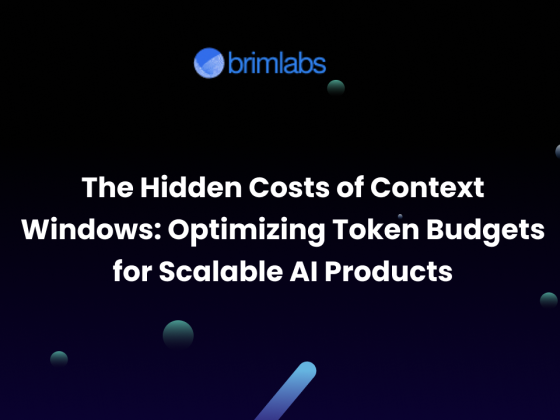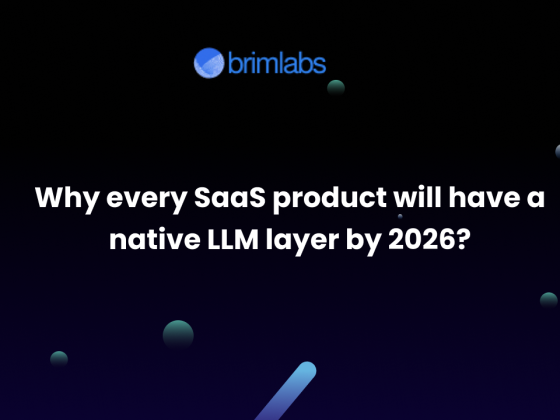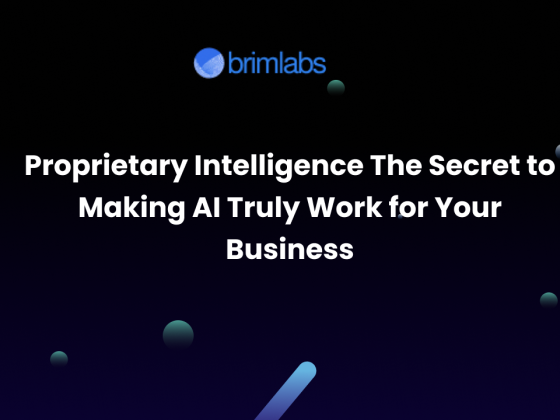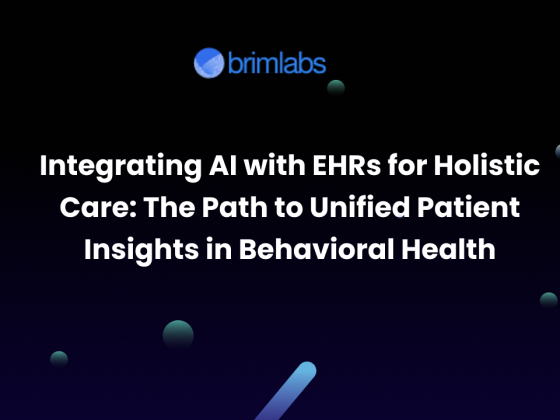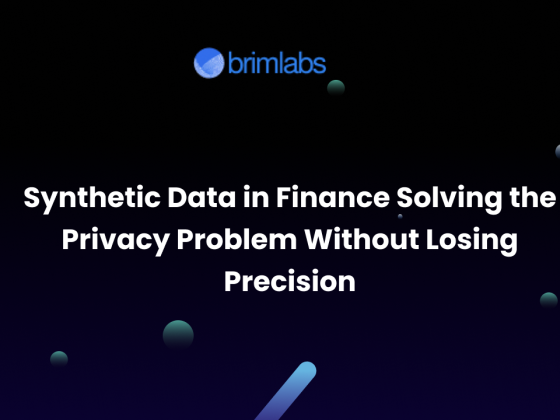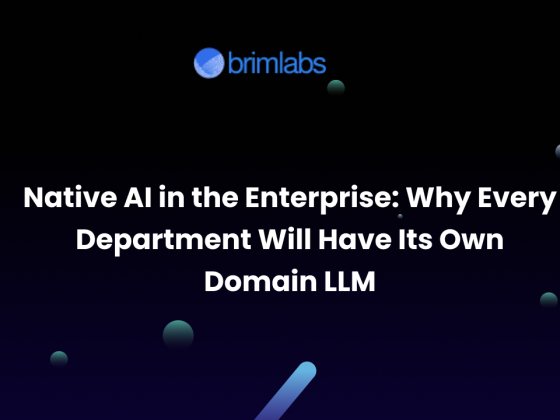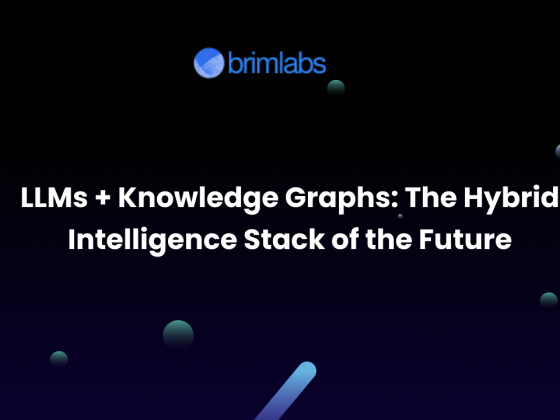Large language models opened a new door for knowledge heavy industries. Yet the reality is that a general model is rarely suitable for regulated or high consequence use. Domain specific pipelines are not about fine tuning for vanity. They are about aligning text understanding and generation with strict constraints around accuracy, auditability, explainability and trust. Finance, Healthcare and Legal work have one common trait. Errors are not a cosmetic issue. Errors create liability and risk exposure. So the correct question is not how to make a model sound smart but how to construct a pipeline that behaves safely under domain constraints.
This article explains the technical and regulatory posture required to build domain specific LLM pipelines for finance, healthcare and legal use cases. It focuses on architecture patterns, data readiness, safety controls and evaluation strategy. It also explains how compliance awareness is stitched into the technical stack without claiming to provide any legal or medical advice.
Why domain specificity matters in regulated workflows
General purpose language models are trained on a broad internet scale distribution of data. This distribution has no privilege awareness of compliance rules, no contextual sense of regulatory thresholds and no enforcement of professional constraints. They produce plausible text rather than accountable text. That distinction makes or breaks production use inside finance, healthcare or law firms.
Domain pipelines constrain the model using three levers. The first lever is a private corpus that resets the semantic grounding to vetted sources. The second lever is a rules layer that enforces what the model may or may not output. The third lever is a measurement system that tracks quality under domain specific metrics instead of generic benchmarks.
Core building blocks of a domain specific LLM pipeline
A robust pipeline for regulated work commonly includes the following layers expressed without internal implementation code. Each layer reduces exposure to hallucination to drift or to non compliant reasoning.
- Data acquisition from vetted and contractually owned corpora such as financial research memos loan underwriting documents care coordination notes clinical guidelines payor rules case law filings and contract templates
- Data normalization into clean structured or semi structured storage with strict lineage flags and immutable retention for audit trails
- Retrieval indexing with similarity based or hybrid vector plus keyword search that respects access control and maturity of data
- Instruction and schema scaffolding that constrains the model against free form improvisation
- Policy and guardrail checks for restricted concepts harmful transformations and prohibited claims
- Human in the loop checkpoints for high stakes outputs such as medical interpretation investment notes or legal argument framing
- Redaction layer for personally identifiable or protected health information when required for training or inference
- Monitoring for drift leakage and latency cost and adverse events
Finance specific constraints
Financial pipelines carry credit risk market exposure and regulatory scrutiny. A domain system must do more than speak finance jargon. It must never generate forward looking or materially misleading guidance. It must not leak private client books. It must preserve explainability when used in investment committees underwriting or risk modeling.
Finance oriented design considerations include
- Corpus must include analyst grade materials official filings rating memos and board approved policies
- Guardrails must reject forward guidance unverified claim making and unsolicited advice patterns
- Outputs must present traceable source citations for audit and model accountability
- Evaluation must include precision of entity disambiguation accuracy on numeric interpretation and fidelity of regulatory language
Finance compliance overlays may reference frameworks such as SOC 2 PCI DSS for card data handling and GDPR for personal data. The pipeline must not be positioned as fiduciary advice. It functions as a documentation and reasoning assist layer.
Healthcare specific constraints
Healthcare pipelines interact with clinical semantics, patient narratives, payor rules and consent boundaries. A domain pipeline must avoid diagnostic claims, must not replace clinical judgement and must respect protected health information.
Healthcare oriented design considerations include
- Data pipelines must enforce HIPAA style protection and redact identifiers before training or prompt retention
- Retrieval corpora must be sourced from clinically vetted guidelines and care pathways and not from unverified public anecdotes
- Model conditioning must avoid instructions that convert the system into a prescribing or directive agent
- Human review must be required for any patient facing summarization or care coordination output
Healthcare compliance overlays may reference HIPAA, HITECH, GDPR for cross border data and SOC 2 for cloud controls. The pipeline exists to augment documentation coding triage and education not to make medical decisions.
Legal specific constraints
Legal language is adversarial, precise and binding. A domain pipeline cannot produce ungrounded arguments or fabricate statute references. It must preserve internal logic fidelity to precedent and traceable citation.
Legal oriented design considerations include
- Retrieval must privilege authenticated case law precedent contracts templates and rule books instead of generic internet text
- Structured prompts must disallow new legal advice or prescriptive argument that could be construed as representation
- Outputs must produce side by side citation and must declare uncertainty where the source record is partial
- Evaluation must measure citation faithfulness not style
Legal compliance overlays consider confidentiality law firm privilege chain of custody and data residency. The pipeline supports drafting summarization issue spotting and discovery acceleration while retaining human counsel as the deciding actor.
Evaluation for domain fitness not just model ranking
The selection of metrics defines what the system optimizes. Domain pipelines require domain aware metrics. Examples include
- Citation agreement instead of generic coherence
- Forbidden claim violation rate instead of pure fluency
- Redaction correctness instead of raw recall
- Regulatory terminology precision instead of generic accuracy
- Adverse event near misses instead of aggregate BLEU or ROUGE
Evaluation must run continuously in production not only before deployment. Drift detection and regression gates are essential to prevent silent erosion of safety posture.
Risk controls across the full stack
Safety is not a one time guard. It is a perpetual set of controls placed at multiple choke points.
- Pre ingestion controls on provenance rights and cleansing
- Training or prompt guardrails that prohibit restricted moves
- Retrieval level entitlements so the model cannot see documents outside clearance
- Real time moderation and refusal logic for disallowed intents
- Post generation review for high consequence actions
- Immutable logging for every inference for audit reconstruction
Privacy and governance alignment
A domain pipeline must align with data minimization purpose limitation retention control and breach reporting expectations. Architecture must treat privacy as a constant rather than an afterthought. Techniques like retrieval augmented generation with ephemeral prompts reduce exposure. So does separation of keys from content. Access control must be the principle of least privilege with a double gate for sensitive artifacts.
Organizing for production not demo
Many domain pipelines fail not because of model weakness but due to organizational gaps. Regulated adoption fails when the pipeline is built without a governance envelope or when no owner maintains tests and rules.
Critical organizational enablers include
- Dual ownership between engineering and compliance so that changes preserve the regulatory envelope
- Change management with explicit sign off on new data or new rule sets
- Incident playbooks for hallucination events privacy events and source contamination events
- Education of end users so they interpret the system as a co pilot not an authority
A note on cost latency and sustainment
Domain specificity increases cost. Retrieval quality guardrails, structured evaluation and human review all add weight. That weight is a feature not a defect because it buys legal survivability. Optimization should target stable cost envelopes without removing safety layers. This shift moves teams away from raw throughput obsession to controlled trust.
Conclusion
Building domain specific pipelines for finance, healthcare and legal work is not a modeling exercise. It is a systems discipline that joins data governance privacy constraints retrieval fidelity rule based inhibition human review and continuous evaluation. It treats accuracy as a regulated asset not a cosmetic feature. When done correctly the result is not a chat toy but a production grade decision support layer that can live inside audit and liability envelopes.
Brim Labs works in these regulated tracks with a posture that begins from governance and auditability and not from model theatrics. The emphasis is on private corpus construction retrieval safety rule layering evaluation harnesses and human in the loop controls so that AI becomes legally survivable in finance, healthcare and legal settings.


